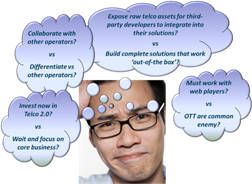
Partnering 2.0 – How TeliaSonera Makes Beautiful Music with Spotify
TeliaSonera’s digital partnership with OTT streaming music disruptor Spotify has worked well when other operator music tie-ups have languished. We investigate how the partnership has helped both companies to target new market segments and develop innovative products, with Spotify benefitting from TeliaSonera’s marketing channels and direct investment, and TeliaSonera leveraging both Spotify’s brand association with youth-oriented digital innovation, and the serious stickiness of the Spotify service.


